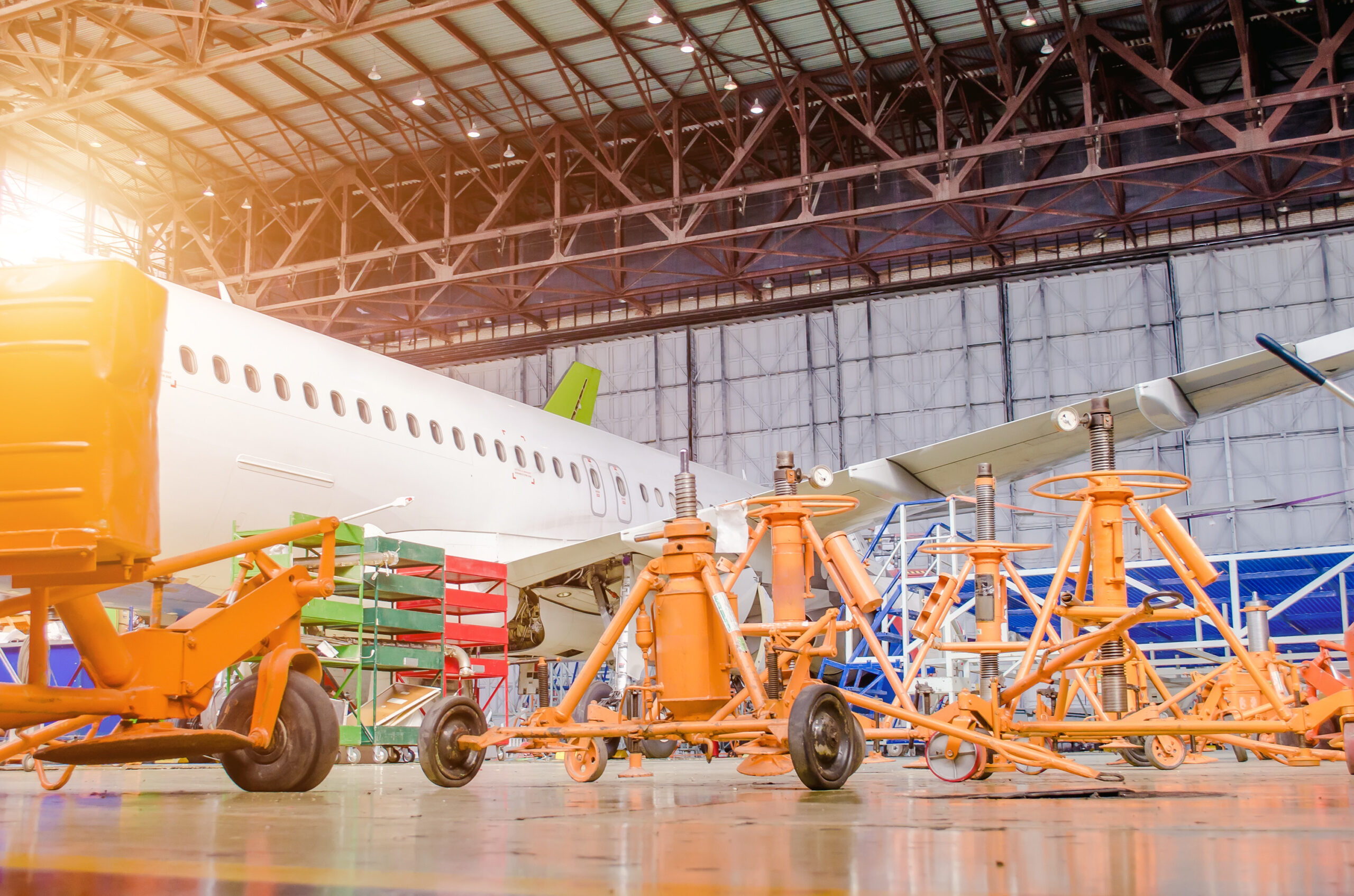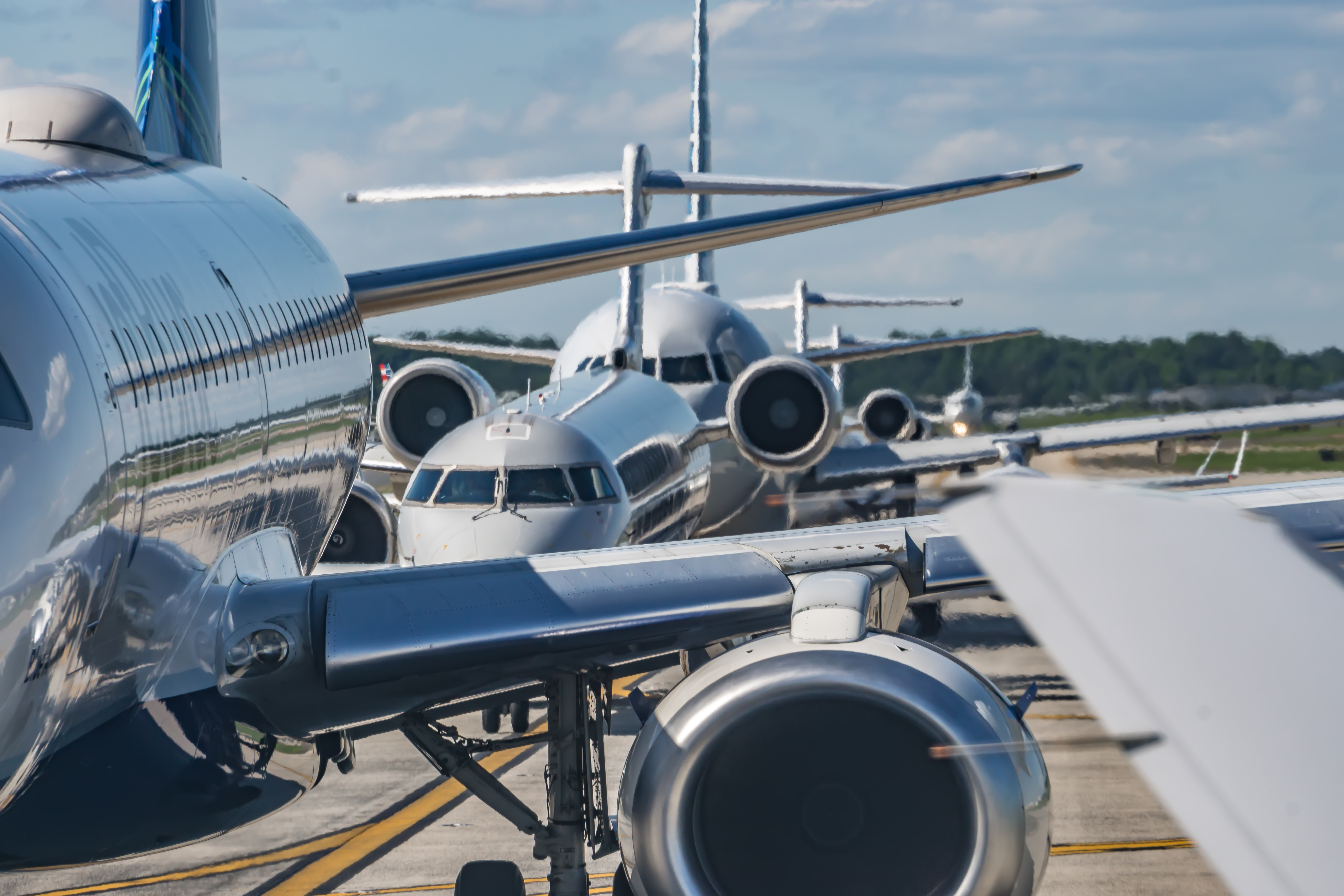With airlines worldwide carrying unprecedented numbers of passengers and aircraft manufacturers reaching record production rates, the recovery of the global aviation industry is unquestionable. As a result, IATA forecasts the airline industry to generate $746 billion revenues in 2014. However, with the actual profit accounting for as little as $18 billion, there are still important questions to answer.
Despite the fact that IATA claims the global airline industry’s ROIC to be 5.4% higher than it has ever historically been, the actual income of the world’s carriers is still generally disappointing. Moreover, recently, due to negative changes in growth of some of the promising regions and political tensions worldwide, the agency has downgraded the industry’s financial forecast for 2014 by 8.9%. This means the actual earnings account for less than $6 per departing passenger. Thus, with a record order backlog and annual deliveries of $125 billion or more to fund over the next decade alone, this throws out a challenge to the world’s aviation financiers.
According to Zilvinas Sadauskas, the CEO of Locatory.com, although financing aircraft orders while still struggling with profitability is a major challenge, which has recently fueled many talks about an “order bubble”, the global aviation industry should start by addressing more daily cash flow related issues. “On the one hand, the aviation industry is currently worth more than it has ever been. However, most of these impressive sums exist only on paper and invoices, since most of the money in commercial aviation comes from the actual flying operations. This often results in even the major companies not having any actual cash,” says Zilvinas.
There are a few reasons behind such a state of affairs. Aviation is a highly seasonal industry, which relies heavily on the changes in air travel demand, as well as on aircraft maintenance cycles. As a result, the carriers are the busiest and most profitable during summer, while such major MRO procedures as C- or D-checks are usually planned to be performed in winter. Thus when the airlines are short on money, this results in cash flow gaps which affect the whole industry, including the MROs and their suppliers.
Aviation is a highly seasonal industry, which relies heavily on the changes in air travel demand, as well as on aircraft maintenance cycles
“The picture becomes only grimmer when we remember discounts and credit lines offered by the MROs to lure major clients. As a result, airlines sometimes even demand debt discounts as the only condition on which they are willing to play at least part of the money for services. Not to mention the cases when an airline goes bankrupt. The vicious cycle can be only broken by careful expense planning and process management. This includes aircraft utilization as well as MRO-related demand,” says Zilvinas Sadauskas, the CEO of Locatory.com.
According to Locatory.com, a Boeing 737NG aircraft belonging to a major airline would typically operate about three to four flights in a 24-hour period. However, only 12.6 hours are used for revenue generating operations. Delays and scheduled major maintenance checks account for approximately 2.6 hours. This leaves 8.8 hours where the aircraft is available, but not used. At the same time, an additional hour of B737NG utilization might generate about $1.3 million per year. Moreover, operators often loose money due to inefficient spare parts and supply chain management processes.
“By optimizing check intervals, reducing technical delays and increasing airplanes parts availability, an operator might win an hour or two of additional aircraft utilization, thus becoming more profitable. To achieve that, however, the industry must seek closer collaboration in order to ensure that various processes within an airline and an MRO provider are well managed enough to enable more accurate demand forecasting, as well as cash flow management. Therefore, the industry players must show great collaboration by sharing vital information such as fleet data, engineering change orders, part reliability and other,” explains the CEO of Locatory.com. “By ensuring a more holistic approach to operations it is also possible to achieve increased value from IT investments, enabling to efficiently manage all the relevant data – from quotation handling to maintenance execution; from configuration management to supply chain and logistics; and from cost tracking to invoicing. While there is still no single solution, joining efforts is the key to build a more transparent and profitable industry.”



